Software Development
Many companies in the Software Development industry qualify for the R&D Tax Credit. Unfortunately, the vast majority of those companies are unaware that the activities they engage in daily could be generating additional tax savings. Below are some examples of activities that qualify for the credit, as well as how we analyze the activities of companies in this industry to help steer our calculations.
Four-Part Test
In determining whether an activity qualifies as Research and Development for tax credit purposes, the IRS has put together a list of criteria that must be met, which is commonly referred to as the “four-part test.” The four-part test is as follows:
Permitted Purpose – the activity is intended to result in a new or improved product or process (must be improving the functionality, performance, reliability, or quality)
Technological in Nature – the activity must rely on the principles of physical or biological science, engineering, or computer science
Technical Uncertainty – at the beginning of the activity, the taxpayer must be uncertain as to capability, method, or design
Process of Experimentation – the taxpayer must evaluate one or more alternatives to eliminate technical uncertainty (e.g., modeling, simulation, or systematic trial and error)
Anyone who is actively doing, supervising, or supporting an activity that meets all four parts will have qualifying R&D time that goes into calculating the R&D tax credit.
Qualifying Activities
Many different activities qualify for the Research and Development tax credit in Software Development businesses. Companies that design, develop, and test new or improved applications and platforms, system software (including operating systems), cloud computing, or other software and hardware as it relates to communication qualify for the R&D Tax Credit. Anytime your company develops new coding, programming, and testing techniques, R&D is occurring. Designing, developing, and implementing specialized technologies, such as speech recognition, AI, or image processing, new database management techniques, including architectures and algorithms, and A/B testing also support the R&D process.
These are just a few examples of qualifying activities that occur in the Software Development industry. Time spent directly performing, supporting, or supervising these activities would qualify as R&D time, as well. Adams Consulting works with your company to identify the qualifying activities of your business and document those efforts through an R&D Tax Credit Study.
Qualifying Titles
Though a specific job title doesn’t always indicate an employee’s responsibilities, the IRS does explicitly favor certain titles in relation to qualifying activities. In that sense, some examples of software development titles associated with R&D activities include (but are not limited to):
Director of Software Engineering
Programmer
Senior Technical Lead
Software Analyst
Software Developer
Software Integration Engineer
Non-qualifying Activities and Titles
Some activities and titles do not typically qualify for the R&D tax credit. Examples of non-qualifying activities are:
Surveys (e.g., efficiency surveys, management surveys, market research, routine data collection, and routine quality control)
Research that is wholly funded by grant or contract
Research conducted outside the United States
Research related to style, taste, cosmetic, or seasonal design factors
Research in the social sciences, art, or humanities
Adaptation or duplication of existing business components to meet a particular customer’s requirements
Examples of titles not usually associated with R&D qualifying activities would be:
HR
Purchasing
Marketing
Other soft-science related areas
Adams Consulting works with your company to identify which employees and activities are qualifying for the R&D Credit. We then thoroughly document those activities and the functions of those individuals involved as part of the R&D study.

